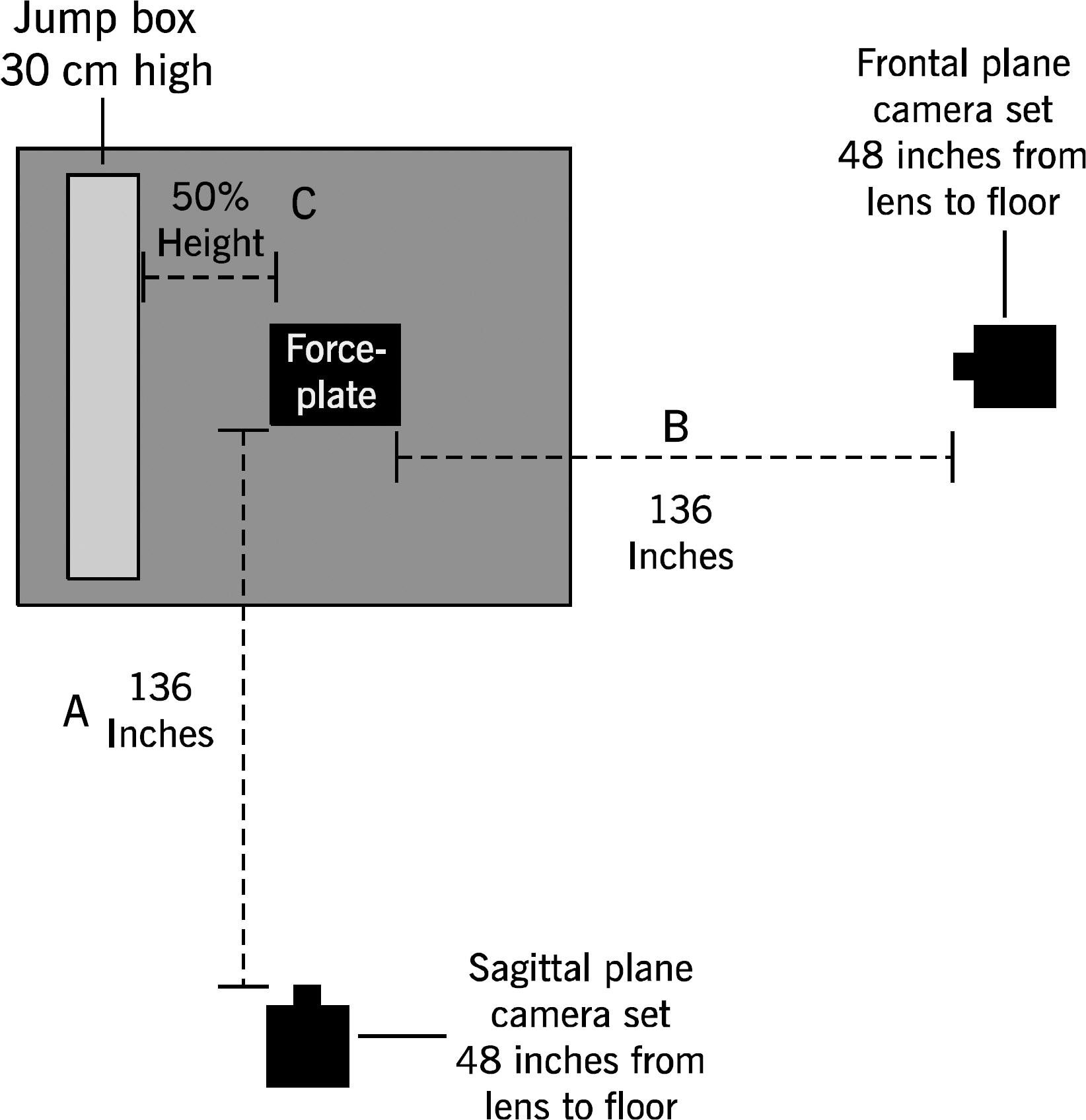Korean J Sports Med.
2018 Sep;36(3):107-117. 10.5763/kjsm.2018.36.3.107.
Analysis of Landing Error Scoring System during Drop Vertical Jump on Anterior Cruciate Ligament Injury Risk Factors in Elite Fencers
- Affiliations
-
- 1Department of Sports and Leisure Studies, Shingyeong University, Hwaseong, Korea.
- 2Department of Sports Culture, Dongguk University, Seoul, Korea.
- 3Department of Sport Science, Korea Institute of Sports Science, Seoul, Korea.
- 4Department of Physical Education, Chung-Ang University, Seoul, Korea. bolim@cau.ac.kr
- KMID: 2429208
- DOI: http://doi.org/10.5763/kjsm.2018.36.3.107
Abstract
- PURPOSE
The aim of this study was to identify the differences of gender and detail items by using landing error scores during drop vertical jumping that can be used in the field for elite fencers and to use them as basic data for prevention of injury.
METHODS
The subjects were 42 elite fencers. Independent sample t-test was used to compare the landing error scoring system (LESS) score between the groups. In order to compensate for errors that may occur in multiple comparisons, they are corrected through the Bonferroni collection. The significant differences between the groups were evaluated using Cohen effect difference, and one-way analysis of variance was performed for differences in epee, fleuret, and sabre.
RESULTS
The comparison of landing error scores between male and female fencer groups showed that the knee valgus angle at initial contact, lateral trunk flexion angle at initial contact, stance width-narrow, foot position-toe out, symmetric initial foot contact, in the total score of LESS items, female fencer group was higher and statistically significant difference was found.
CONCLUSION
In the case of fencing players, there is no significant difference in the LESS scores according to the items. However, when comparing gender, female fencers have higher LESS scores than male fencers; female fencers should be more careful in preventing injuries.
Figure
Reference
-
1. Roi GS, Bianchedi D. The science of fencing: implications for performance and injury prevention. Sports Med. 2008; 38:465–81.2. Chung JW, Kim TW, Woo SS, Lee O. Examination of physique and fitness in elite national fencing athletes. Kinesiology. 2016; 18:19–31.3. Harmer PA. Incidence and characteristics of time-loss injuries in competitive fencing: a prospective, 5-year study of national competitions. Clin J Sport Med. 2008; 18:137–42.
Article4. Murgu AI, Buschbacher R. Fencing. Phys Med Rehabil Clin N Am. 2006; 17:725–36.5. Choi IA, Lim BO. Difference in lower extremity landing biomechanics between male and female ballet dancers during the box drop landing. Korean J Sport Biomech. 2009; 19:647–53.
Article6. Ford KR, Shapiro R, Myer GD, Van Den Bogert AJ, Hewett TE. Longitudinal sex differences during landing in knee abduction in young athletes. Med Sci Sports Exerc. 2010; 42:1923–31.
Article7. Chappell JD, Yu B, Kirkendall DT, Garrett WE. A comparison of knee kinetics between male and female recreational athletes in stop-jump tasks. Am J Sports Med. 2002; 30:261–7.
Article8. Hewett TE, Myer GD, Ford KR. Anterior cruciate ligament injuries in female athletes. Part 1: mechanisms and risk factors. Am J Sports Med. 2006; 34:299–311.9. Arendt YD, Kerschbaumer F. Injury and overuse pattern in professional ballet dancers. Z Orthop Ihre Grenzgeb. 2003; 141:349–56.10. Griffin LY, Agel J, Albohm MJ, et al. Noncontact anterior cruciate ligament injuries: risk factors and prevention strategies. J Am Acad Orthop Surg. 2000; 8:141–50.
Article11. Padua DA, Marshall SW, Boling MC, et al. The landing error scoring system (LESS) is a valid and reliable clinical assessment tool of jump-landing biomechanics: The JUMP-ACL study. Am J ports Med. 2009; 37:1996–2002.12. Smith HC, Johnson RJ, Shultz SJ, et al. A prospective evaluation of the landing error scoring system (LESS) as a screening tool for anterior cruciate ligament injury risk. Am J Sports Med. 2012; 40:521–6.
Article13. Shimokochi Y, Shultz SJ. Mechanisms of noncontact anterior cruciate ligament injury. J Athl Train. 2008; 43:396–408.
Article14. Noyes FR, Barber-Westin SD, Fleckenstein C, Walsh C, West J. The drop-jump screening test: difference in lower limb control by gender and effect of neuromuscular training in female athletes. Am J Sports Med. 2005; 33:197–207.15. Lee GS, Lim BO. Effects of landing tasks on the anterior cruciate ligament injury risk factors in female basketball players. Korean J Sport Biomech. 2014; 24:385–90.
Article16. Cho JH, An KO, Cho EO, Lim BO. Analysis of landing error scoring system during drop vertical jump on anterior cruciate ligament injury risk factors in female ballet dancers and female soccer players. Korean J Sports Med. 2015; 33:88–95.
Article17. Hewett TE, Ford KR, Hoogenboom BJ, Myer GD. Understanding and preventing acl injuries: current biomechanical and epidemiologic considerations. Update 2010. N Am J Sports Phys Ther. 2010; 5:234–51.
- Full Text Links
- Actions
-
Cited
- CITED
-
- Close
- Share
- Similar articles
-
- Analysis of Landing Error Scoring System during Drop Vertical Jump on Anterior Cruciate Ligament Injury Risk Factors in Female Ballet Dancers and Female Soccer Players
- Radiological Evaluation of Posterior Cruciate Ligament Injury
- The Primary Repair of Acute Anterior Cruciate Ligament Injury
- The Primary Repair of Acute Cruciate Ligament Injury using Multiple Pull Out Technique
- Distal Advancement of the Loose Anterior Cruciate Ligament


